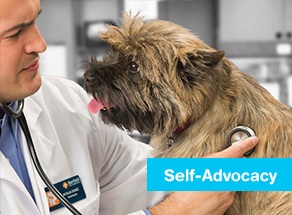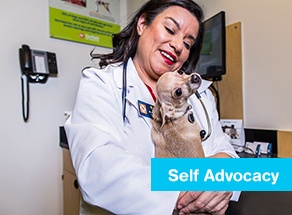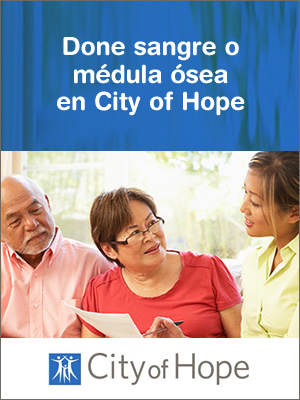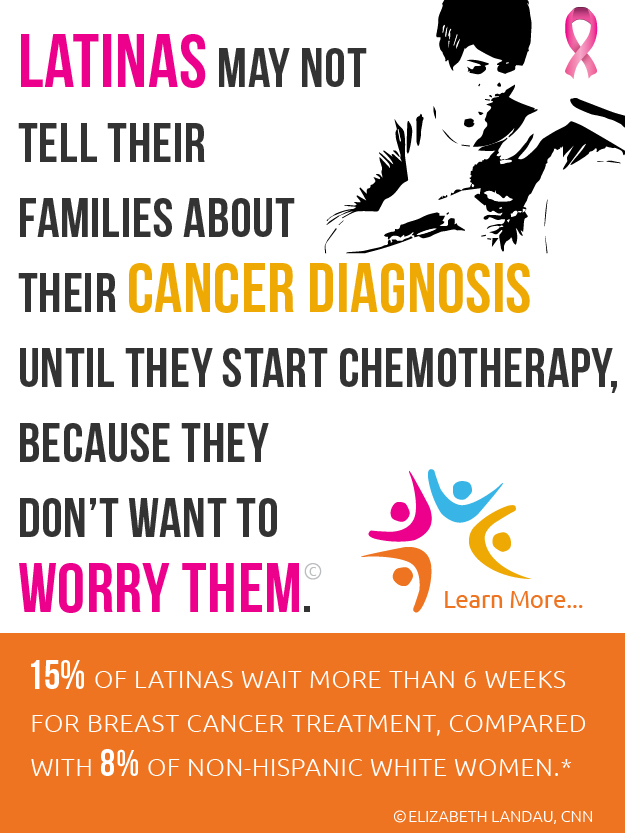Breast Cancer Awareness
Breast Cancer: You May Never Know Until You Ask the Question
07/02/2014 04:48pm | 19548 viewsOne of the coolest things about science is the endless number of questions that can be asked about something, and the resulting pursuit of answers.
When doctors and scientists saw that women in certain families were diagnosed with breast cancer far more often than they’d expect, they looked into whether cancer risk could be inherited. Those questions eventually led to the discovery of two genes in the 1990s — BRCA1 and BRCA2 — that changed how the medical world looks at cancer risk. Inherited mutations in these genes can dramatically increase the chances of developing breast and ovarian cancers.
Self Advocacy
Setting a Healthy Example Can Keep Kids Off the Path to Diabetes
24/01/2014 09:01am | 26846 viewsBy Raynald Samoa
Manage your stress. Make better food choices. Become less sedentary. Those are the three recommendations I made at the end of my last article to manage diabetes or even better, avoid getting it in the first place.
Breast Cancer Awareness
Raising Latina Awareness of Breast Cancer Risk and Prevention Means Understanding Their Cultural Values
21/10/2013 10:44am | 11895 viewsDr. Weitzel's multidisciplinary clinical and research program emphasizes the recognition and assessment of people at increased risk for developing cancer because of family cancer history or personal risk factor.
As Hispanics continue their population surge across the U.S., it becomes more and more evident how underserved the community is – whether in business, politics or the media. However, being underserved by the healthcare industry carries higher, often deadly, stakes. For Latinas in particular, there’s one area where we can and should be doing a whole lot more understanding and outreach.
Breast Cancer Awareness
Largest Study To Date of U.S. Hispanic Breast/Ovarian Cancer Confirms High Prevalence of BRCA Mutations
28/03/2014 09:46am | 10184 viewsBreast cancer is the most commonly diagnosed cancer in Hispanic women and the leading cause of cancer death. Although there is less incidence of breast cancer in Hispanics than in non-Hispanic whites, our initial studies on the prevalence of deleterious BRCA1 and BRCA2 gene mutations suggest there may be a higher proportion of breast cancer in Hispanics – the fastest growing group in the United States, already comprising 15.1% of the population.
Self Advocacy
Building a Trustworthy Relationship With Your Physician
10/10/2013 01:19pm | 9983 viewsA patient/physician relationship is certainly one of the more important aspects of attaining and maintaining good health. Most patients have an idealistic vision of their expected physician relationship as follows: a caring, articulate physician who has the time and interest in them personally to guide them through the health care maze.








